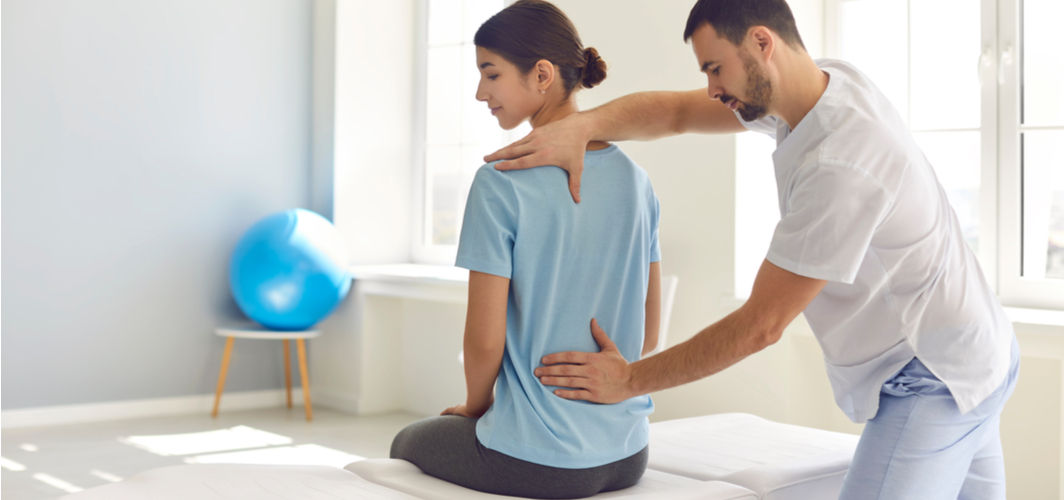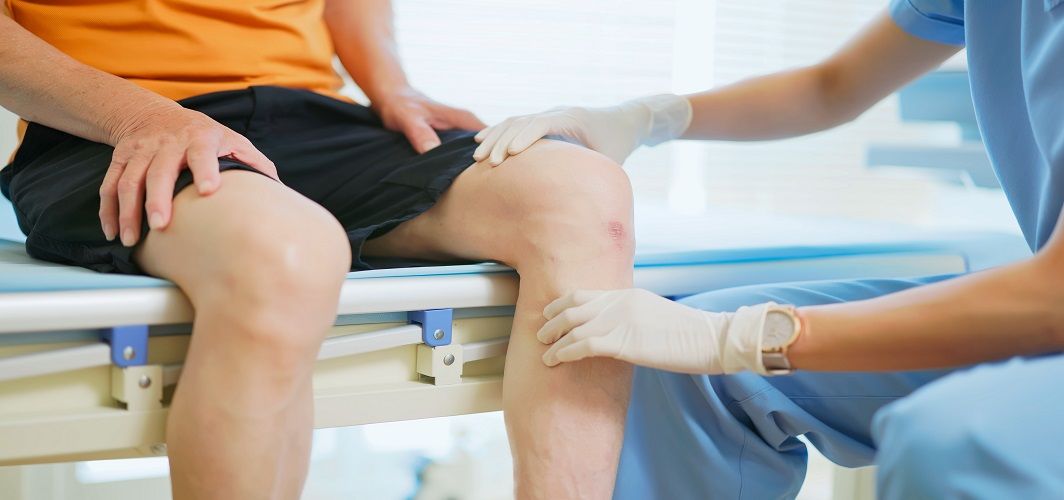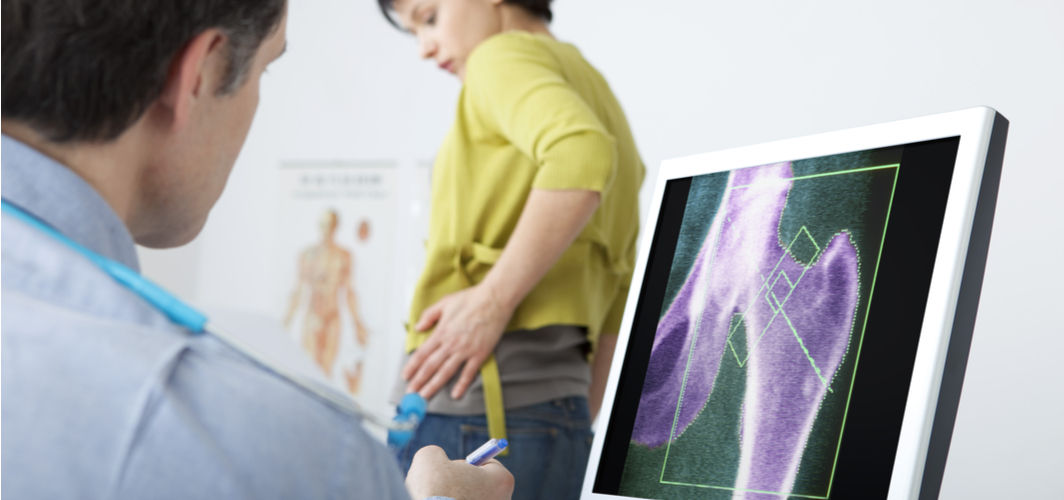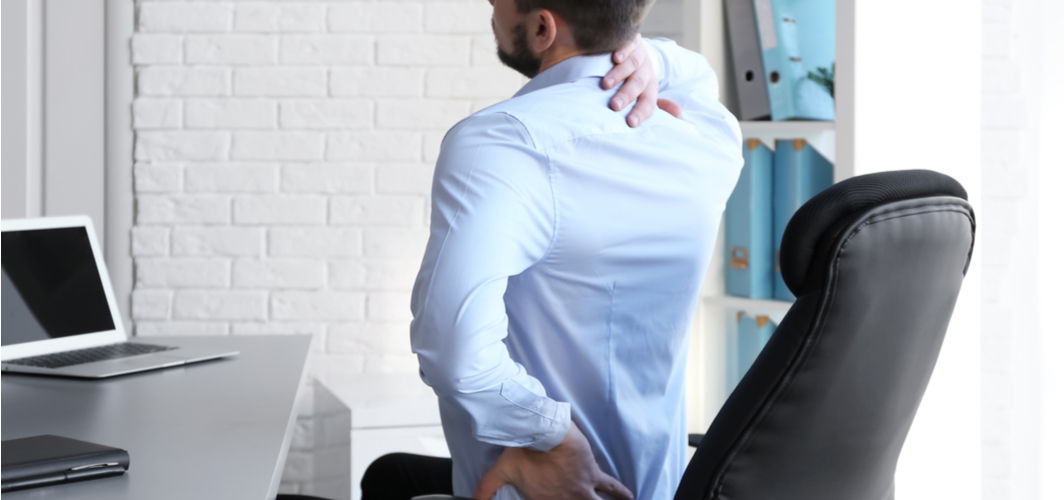Orthopedic Conditions
Scoliosis: Are You Struggling with a Curved Back?
6 min read
By Apollo 24/7, Published on - 11 June 2021, Updated on - 18 October 2022
Share this article
0
6 likes

Scoliosis refers to an abnormal curve in the spine that usually develops in children between 10-15 years of age although it can also occur in adults (usually females). It generally does not cause pain but due to the visible abnormal spinal curve, it can result in emotional distress in children and adolescents. In rare and severe cases of scoliosis, the space inside the chest may get reduced and hamper the functioning of the lungs.
Early detection and treatment of scoliosis are crucial in preventing curve progression and deformities.
Understanding scoliosis in detail
Scoliosis is a condition characterized by curvature of the spine. Scoliosis causes twisting or rotation of the spinal bones resulting in a sideways curve that looks more like the letter ‘C’ or ‘S’ when seen on an X-ray. The curvature mostly occurs in the upper and middle back, though it can develop in the lower back as well. It can sometimes involve both the upper and lower parts of the spine. The spine curvatures can range from as low as 10 degrees (mild) to as high as 100 degrees (severe) on X-rays. Curvatures of over 30 degrees may need treatment by an orthopaedic doctor.
Symptoms of scoliosis
Symptoms of scoliosis may vary depending on the degree of scoliosis. The symptoms include:
- The appearance of a visibly curved spine
- Body tilting or leaning to one side
- Uneven shoulders (difference in shoulder height)
- The head does not look centred
- One of the shoulder blades appear protruded
- Ribs are prominent or look protruded on one side of the body
- The difference in position or hip height where one hip may be higher than the other.
The affected individuals often notice that their clothes do not fit properly as they did before. Also noticeable are an uneven waist, or that their one pant leg is at a different length than the other. Some people may experience back pain. However, this is more commonly seen in adults with scoliosis.
Risk factors for developing scoliosis in children and adolescents
- Age: Symptoms typically occur in children between the age of 10 and 15 years, during the growth spurt before puberty.
- Gender: Females are at a higher risk of developing the spine curve. Also, the disease usually progresses in women requiring treatment when compared to males.
- Family history: Scoliosis can be inherited as the condition tends to run in families.
Types and causes of scoliosis
There are different types of scoliosis based on what causes them:
- Idiopathic scoliosis: In 80% of the cases, the cause of scoliosis is unknown, and this type is termed idiopathic scoliosis. However, it appears to be linked to hereditary factors and is the most common type of scoliosis that occurs in children and adolescents.
- Congenital scoliosis: This type of scoliosis occurs due to birth defects in the formation of spinal bones and is present from birth. Though this type of scoliosis is present from birth, it often goes unnoticed until adolescence.
- Neuromuscular scoliosis: This type is caused by an underlying nerve or muscle condition. Most children affected by neuromuscular scoliosis suffer from other medical issues besides the spinal curve.
- Degenerative scoliosis: This type of condition is caused by wear and tear of the spine that occurs with ageing.
Cerebral palsy, birth defects, muscular dystrophy, tumours, infections, and genetic conditions like Down syndrome and Marfan syndrome can also cause scoliosis.
Why are females at a higher risk of developing scoliosis?
Though the exact reason for the prevalence of scoliosis in females (especially girls) has not been fully established, some theories have been proposed which include:
- Leptin: The hormone leptin, responsible for the initiation of puberty, is also known to play a role in the management of weight. When the amount of leptin circuiting in the body of females decreases, it results in low body mass index (BMI) which, in turn, may lead to the development of scoliosis. Decreased leptin levels also can lead to elevated activity of the sympathetic nervous system (SNS). SNS can drive changes to the spine, such as early growth and asymmetries, complicating spinal development in adolescent females.
- Hormone levels: Girls undergo many hormonal changes before or during puberty, controlled by the autonomic nervous system (ANS) of the body. These hormonal alterations make girls susceptible to scoliosis, particularly adolescent idiopathic scoliosis (AIS), when compared to their male counterparts.
The early initiation of puberty and rapid growth spurts in females may also be one of the possible reasons why scoliosis is more common among them.
Treatment for scoliosis
Very young children may not require treatment and the curve seems to improve over time. However, older children often require bracing (wearing a brace) or may have to undergo a surgical procedure for severe scoliosis. However, in adults, treatment aims to relieve pain by using painkillers, spinal injections, and rarely, surgery.
Treatment for scoliosis depends upon the location and severity of the curve, the child’s age and, the remaining number of growing years as the curve does not progress rapidly in a fully grown child. The treatment modalities include:
- Observation: When a child is almost grown and has a spinal curve less than 25 degrees, the condition is monitored once every six months to one year to ensure that the curve does not worsen.
- Bracing: A brace may be suggested if the child is still growing and has a curve between 25 and 45 degrees. Most of the braces are underarm braces (worn underneath the clothing and fit like a jacket covering the body from the armpits to the hips) that apply corrective pressure to the growing spine. While bracing prevents the curve from getting worse, it does not help to straighten the curve. Bracing can be discontinued once the child’s growth stops.
- Surgery: Severe cases of scoliosis with a curve greater than 45-50 degrees may require surgery to help straighten the curve. Surgery is also recommended when bracing has not stopped the further progression of the spinal curve.
Complications associated with scoliosis
The majority of people with scoliosis have a mild form of the condition. However, it can cause some complications which include:
- Lung and heart damage: In some severe cases, there is an evident compression in the rib cage that may press against the lungs and heart. It can affect both breathing and pumping of the heart.
- Back problems: Adults who have had scoliosis as children are more susceptible to back pain when compared to people without scoliosis.
Conclusion
Most children affected have a mild form of scoliosis but some deformities continue to progress as the children grow. During the early stages, symptoms are often subtle and go unnoticed. Hence, knowing about scoliosis and what to look for, will help parents to be more alert to the slight changes in the child’s spine and appearance. Also, catching the condition early provides more time to correct the problem before it gets worse and cause complications such as damage to the lungs and heart.
For any concerns/queries on musculoskeletal health including scoliosis, you can talk to an orthopaedician.
Orthopedic Conditions
Leave Comment
Recommended for you

Orthopedic Conditions
Delay Ageing of Your Knees with These Expert Tips by Apollo’s Orthopaedician
Pain in the knee is one of the most common orthopaedic issues experienced by people as they age. Know what causes the knees to age faster and result in pain.

Orthopedic Conditions
Exploring the Link Between Celiac Disease and Osteoporosis
People with untreated celiac disease may develop a very low bone density, leading to a condition called osteoporosis that increases the risk of fractures.

Orthopedic Conditions
Could a Slipped Disc Be Causing That Sudden Back Pain?
A slipped disc occurs when a soft cushion of tissue between the bones in the spine pushes out, causing discomfort and pain.
Subscribe
Sign up for our free Health Library Daily Newsletter
Get doctor-approved health tips, news, and more.
Visual Stories

10 Foods That Are Unhealthy for Your Bones
Tap to continue exploring
Recommended for you

Orthopedic Conditions
Delay Ageing of Your Knees with These Expert Tips by Apollo’s Orthopaedician
Pain in the knee is one of the most common orthopaedic issues experienced by people as they age. Know what causes the knees to age faster and result in pain.

Orthopedic Conditions
Exploring the Link Between Celiac Disease and Osteoporosis
People with untreated celiac disease may develop a very low bone density, leading to a condition called osteoporosis that increases the risk of fractures.

Orthopedic Conditions
Could a Slipped Disc Be Causing That Sudden Back Pain?
A slipped disc occurs when a soft cushion of tissue between the bones in the spine pushes out, causing discomfort and pain.